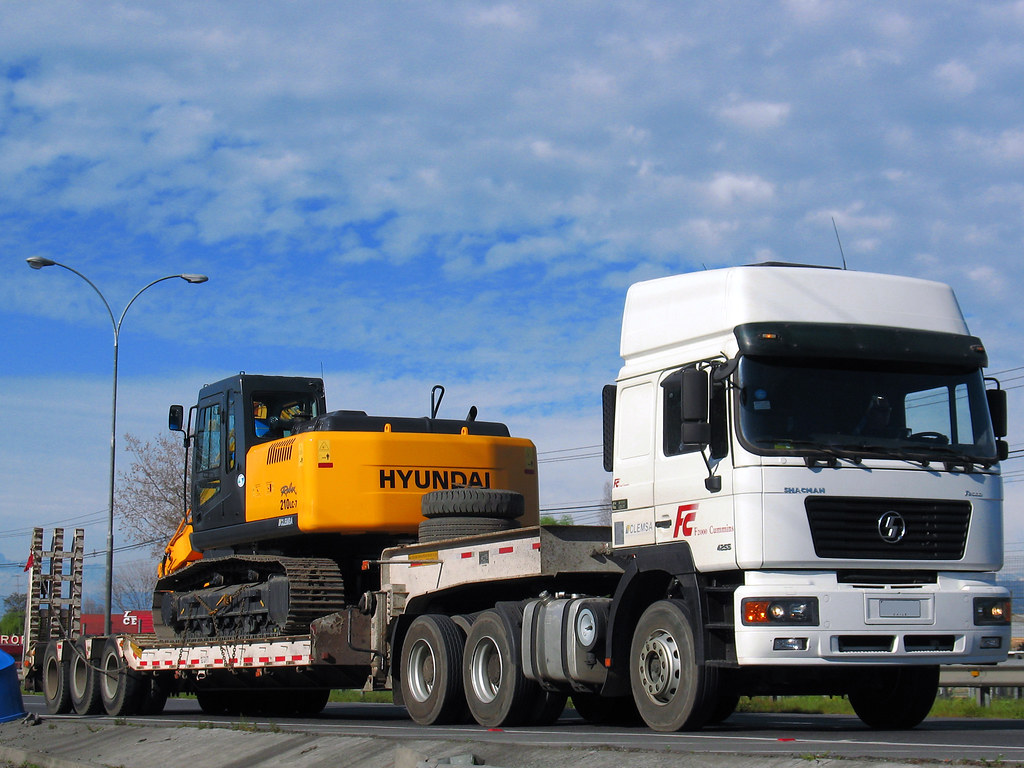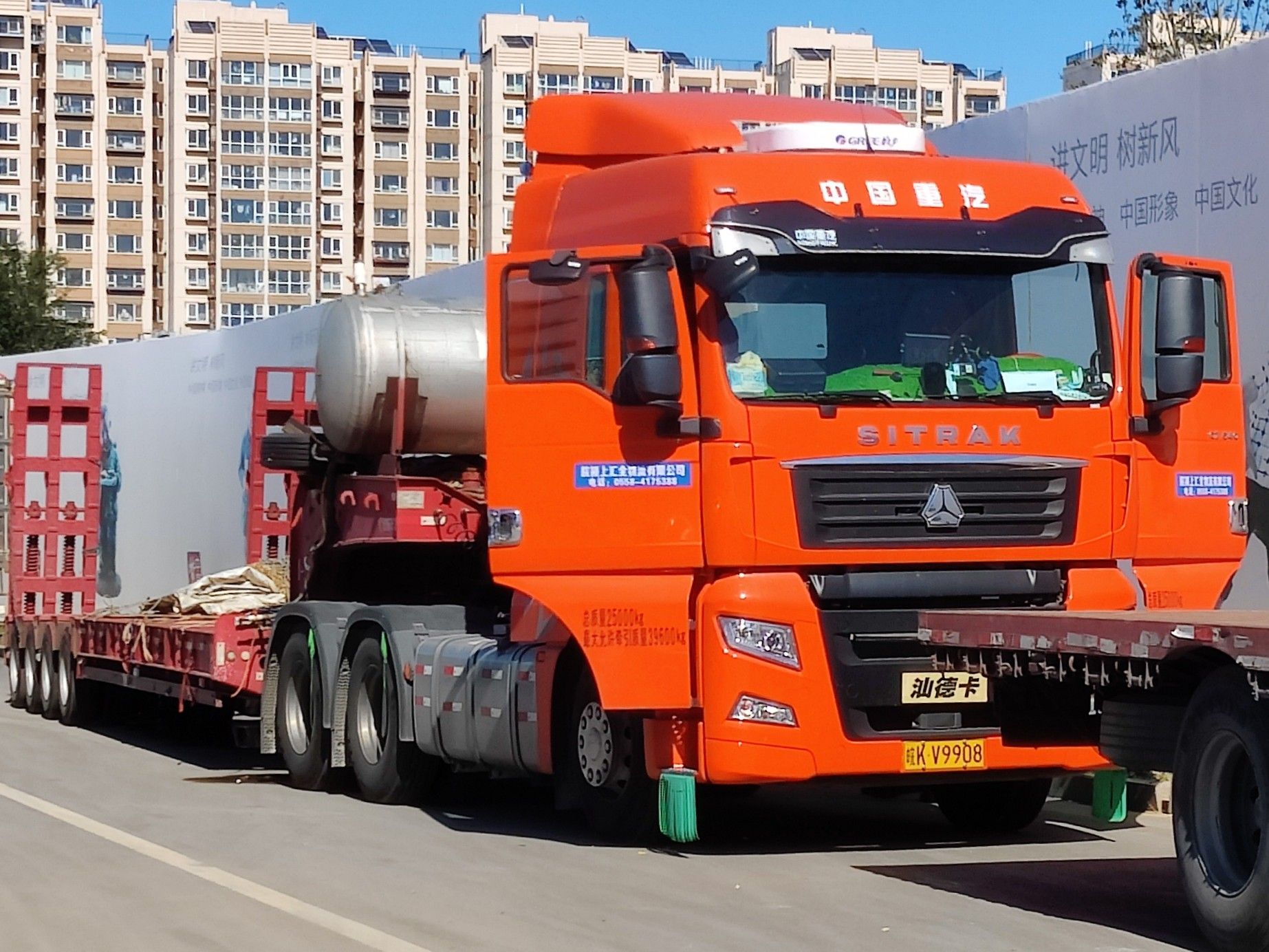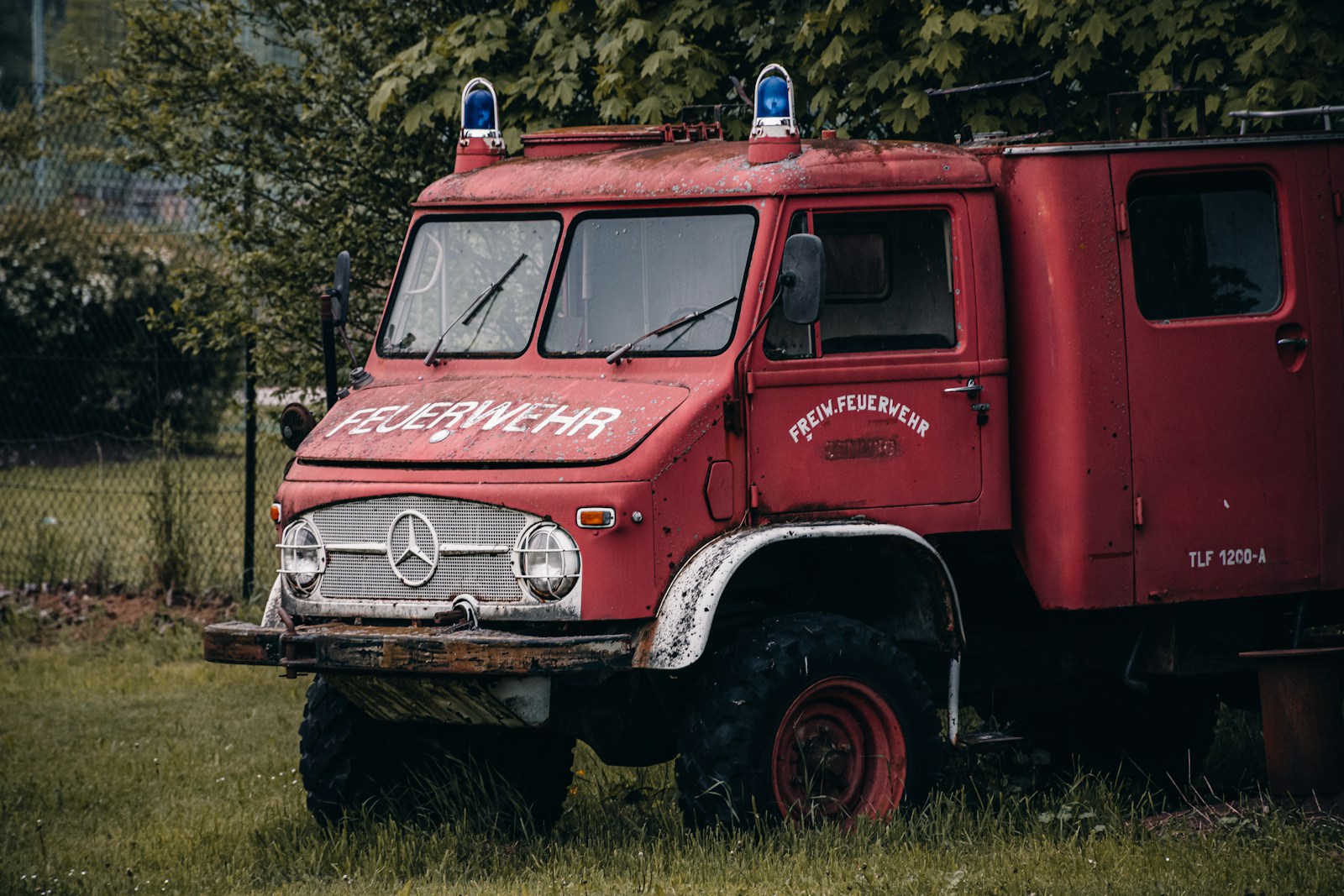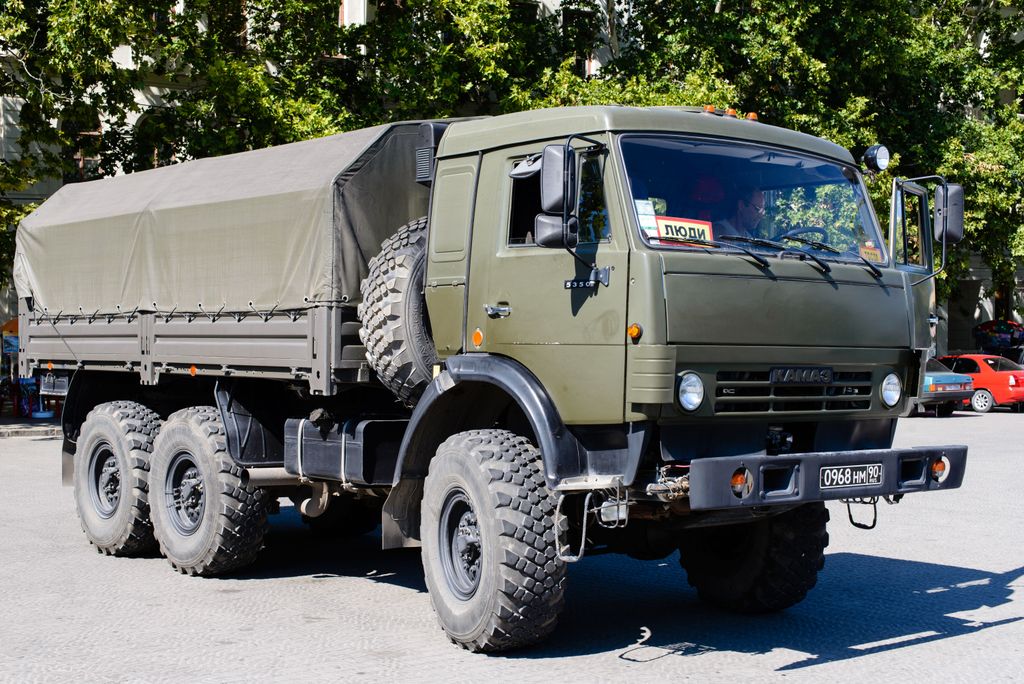
The global automotive industry, particularly the commercial vehicle sector, is currently navigating a complex landscape of evolving trade policies, national security concerns, and stringent safety regulations. These dynamics are reshaping market access, supply chains, and manufacturing strategies on an international scale, creating significant hurdles for major players. From the US prioritizing digital security in connected vehicles to Russia tightening its grip on vehicle safety standards, the operating environment for truck manufacturers is undergoing a profound transformation. This period of heightened scrutiny underscores a broader trend where geopolitical tensions and technological advancements are converging to influence economic decisions.
The Biden administration, for instance, has initiated measures aimed at mitigating national security risks associated with foreign-owned software and hardware in vehicles, primarily targeting China and Russia. While the immediate focus has been on passenger cars, the groundwork is being laid for similar regulations to potentially impact commercial vehicles. This strategic pivot reflects a growing apprehension regarding data misuse and the potential for malign actors to access connected systems, signaling a future where provenance and digital security will be paramount for market entry. Such actions highlight a proactive stance by governments to shield critical infrastructure and consumer data from perceived external threats.
Simultaneously, the Russian market has become a focal point for various bans and suspensions, driven both by internal safety enforcement and external geopolitical sanctions. Automakers worldwide have had to re-evaluate their presence and operations within Russia, leading to significant withdrawals and alterations to supply chains. This article delves into six prominent examples where truck brands and related operations have faced critical market restrictions, illustrating the multifaceted challenges confronting the industry today, ranging from safety non-compliance to comprehensive operational halts driven by international relations.

1. **Shacman SX3258: Russia’s Safety Crackdown on a Popular Dump Truck**: One of the most immediate and impactful restrictions has been levied against the Chinese-manufactured Shacman SX3258 dump truck within the Russian Federation. Rosstandart, Russia’s federal agency for technical regulation and metrology, conducted control and supervisory activities that revealed the model’s non-compliance with several mandatory requirements of the Russian Technical Regulations. Specifically, critical safety deficiencies were identified in terms of rear underride protection and side guards, components designed to prevent other vehicles from sliding underneath the truck in an accident, thereby posing a direct threat to the life and health of drivers and passengers of passenger vehicles.
Beyond structural integrity, the Shacman SX3258 also failed to meet noise restriction standards. Rosstandart stated that these excessive noise levels contribute to industrial stress, directly affecting the well-being and health of the driver and increasing fatigue, which ultimately can lead to accidents. The agency concluded that the nervous tension associated with increased background noise could result in health disorders such such as headaches, dizziness, and exacerbation of blood pressure. Such findings necessitated decisive action to ensure public safety on Russian roads, particularly given the large number of these trucks in circulation.
As a direct consequence of these findings, Rosstandart suspended the Vehicle Type Approval (OTTS) for the Shacman SX3258 dump truck, effectively banning its sales and import into the Russian Federation. The agency also ordered the manufacturer to develop a comprehensive recall program to correct all identified design violations. This program is mandated to address both sold and unsold units, with dealers required to contact truck owners to facilitate free repairs. Despite initial denial of the recall and sales ban by Russian distributor Shakman Motors, which claimed only three minor violations, the company later decided to suspend sales of the SX3258 trucks, acknowledging the severity of the situation. This move has affected over 15,000 units imported into Russia, with 2,170 already in operation.

2. **Sitrak Trucks: Broader Scrutiny and Recalls for Chinese Imports in Russia**: The issues with Shacman SX3258 are not isolated incidents but rather reflective of broader concerns regarding the safety and compliance of certain Chinese truck brands within the Russian market. The head of the Ministry of Industry and Trade, Anton Alikhanov, highlighted the necessity for more rigorous certification work, especially when verifying the compliance of machines from serial batches. He explicitly stated that the ministry had identified “serious violations of the cars of three Chinese brands, which simply should not be allowed on the roads,” indicating a systemic problem that extends beyond a single model or manufacturer.
The National Automobile Union (NAU) corroborated these concerns, revealing that they had received “numerous complaints” about Sitrak trucks. A specific instance involved Sitrak recalling only 209 out of 2,366 trucks that were found to be improperly equipped with emergency call devices. Alarmingly, these vehicles had been involved in more than 422 accidents in less than a year, underscoring the critical safety implications of such non-compliance. This pattern suggests that while Shacman SX3258 faced an outright ban, Sitrak trucks have been subject to significant recalls and widespread safety complaints, posing substantial market challenges.
According to Anton Shaparin, vice-president of the NAU, Shacman is merely the “first swallow,” and more brands are expected to face similar claims regarding compliance with established requirements. Shaparin pointed out that problems with the certification of Chinese trucks have been known for an extended period, suggesting that initial OTTS might have been issued with violations, or that manufacturers might alter parts and assemblies after certification, leading to non-compliant vehicles entering the market. The reliance on test documents from certain EAEU laboratories, some of which may lack robust oversight, further complicates the certification process, creating loopholes for potentially substandard vehicles.

3. **Daimler Truck: The Comprehensive Exit from the Russian Market**: Daimler Truck, a global leader in commercial vehicle manufacturing, announced a complete cessation of all its business activities in Russia, representing a significant withdrawal from a major market. This decision was a direct response to the escalating geopolitical situation and the tightening of international sanctions against Russia. The move encompassed not only the halting of exports but also the termination of its long-standing joint venture with Russian truck maker Kamaz, which had been a cornerstone of its operations in the region.
This joint venture, initially comprising two separate JVs – Mercedes-Benz Trucks Vostok and Fuso Kamaz Trucks Vostok – merged in 2017 and had produced an impressive 35,000 trucks specifically for the Russian market since its inception in 2009. The termination means that no more trucks will be built under this partnership. Crucially, Daimler Truck also confirmed that it would cease supplying Kamaz with any more components, which are vital for the assembly and maintenance of these vehicles. This decision effectively cripples a significant portion of Kamaz’s production capacity that relied on Daimler’s technological and supply chain contributions, demonstrating the profound impact of global sanctions on localized manufacturing.
The withdrawal of Daimler Truck is part of a broader trend of international automakers pulling back from Russia. Mercedes-Benz, Daimler’s former parent company, also moved to divest its 15% stake in Kamaz, further severing ties. These actions highlight the severe economic and operational risks faced by foreign firms operating in Russia, especially given the threat of Russian proposals to nationalize the property of companies that exit the market. Daimler Truck’s comprehensive exit underscores the willingness of major international corporations to absorb substantial financial losses and disrupt established partnerships rather than continue operations in a volatile and sanctioned environment. Its departure has left a significant void in the Russian heavy commercial vehicle market, which had previously benefited from advanced Western engineering and manufacturing expertise through such collaborations.
The preceding discussion laid bare the immediate disruptions caused by safety enforcement and the initial waves of sanctions. However, the ripple effects of these restrictions extend deeper, fundamentally altering joint ventures and compelling other major truck manufacturers to reconsider their strategic presence in the Russian market. The following cases further illustrate the profound and multifaceted consequences of these evolving geopolitical and regulatory pressures.

4. **Kamaz Trucks: The Discontinuation of Production via the Daimler JV**: Daimler Truck’s comprehensive withdrawal from Russia, as previously noted, included the termination of its long-standing joint venture with Russian truck manufacturer Kamaz. This partnership, which had evolved from two separate JVs—Mercedes-Benz Trucks Vostok and Fuso Kamaz Trucks Vostok—merged in 2017, and since its inception in 2009, had been responsible for producing an impressive 35,000 trucks specifically for the Russian market. The cessation of this venture meant an immediate halt to truck production under this collaboration.
Crucially, Daimler Truck also confirmed its decision to cease supplying Kamaz with essential components. These components were vital for the continued assembly and maintenance of these vehicles, making Daimler’s withdrawal a significant blow. This strategic severing of ties effectively crippled a substantial portion of Kamaz’s production capacity, which had become reliant on Daimler’s technological contributions and supply chain expertise. The impact of these global sanctions on localized manufacturing became acutely evident through this discontinuation.
The ramifications for PJSC Kamaz have been considerable. The company, which sold 4.15 thousand trucks weighing from 8-14 tons and 20.3 thousand vehicles weighing over 14 tons in Russia, according to its own calculations, reported a net loss under RAS for 2024 of 3.4 billion rubles, a stark contrast to a net profit of 11.9 billion rubles a year earlier. Profit from sales also sharply declined from 14.3 billion rubles in 2023 to 909.4 million rubles in 2024. This financial downturn has coincided with intense competition, as Chinese brands like Sitrak and Shacman have surpassed Kamaz in sales, with Sitrak leading at 19.4 thousand cars and Shacman at 15.7 thousand, pushing Kamaz to second place with 17.2 thousand vehicles in 2024. The expert Igor Morzharetto highlighted the irony that Chinese trucks were instrumental in preventing the entire Russian trucking industry from stopping in 2022, underscoring the complex shifts in market dynamics.

5. **Ford Motor Company: Suspending the Sollers Joint Venture**: Ford Motor Company also announced the suspension of its operations in Russia until further notice, a decision that directly impacted its long-standing joint venture with the Russian automobile company Sollers. While Ford had already ceded controlling interest in this venture to Sollers back in 2019, the full suspension marked a comprehensive halt to any remaining direct involvement or operational support from the American automaker within the Russian market.
Ford’s decision, like that of many other international firms, was a direct consequence of the escalating geopolitical situation and the tightening web of international sanctions. Even with a reduced equity stake, the operational and reputational risks associated with maintaining a presence in Russia became untenable. Such suspensions are often strategic moves by multinational corporations to navigate a complex regulatory and political landscape, mitigate potential financial losses, and avoid inadvertent non-compliance with international sanctions, especially in light of Russian proposals to nationalize the property of exiting foreign firms.
The suspension of the Ford-Sollers joint venture contributes to the ongoing economic isolation of Russia’s automotive industry. The withdrawal of a globally recognized brand like Ford, even in a reduced capacity, diminishes the Russian commercial vehicle sector’s access to Western automotive technologies, modern manufacturing processes, and international market linkages. This ultimately places greater pressure on domestic production and encourages a pivot towards alternative international partners, primarily from Asian markets, further illustrating the profound and lasting impact of trade restrictions and geopolitical shifts on global automotive supply chains and market presence.
These five cases collectively illustrate the profound transformation underway in the commercial vehicle market, particularly within Russia. From stringent internal safety crackdowns on popular Chinese models like the Shacman SX3258 and Sitrak, to the comprehensive withdrawals of global giants such as Daimler Truck, and Ford Motor Company due to geopolitical sanctions, the industry faces an unprecedented period of realignment. The combined effect of these pressures underscores a global pivot where national security concerns, evolving trade policies, and corporate responsibility intersect, reshaping market access, supply chains, and manufacturing strategies on an international scale, demanding vigilance and adaptability from all stakeholders in the automotive sector.



